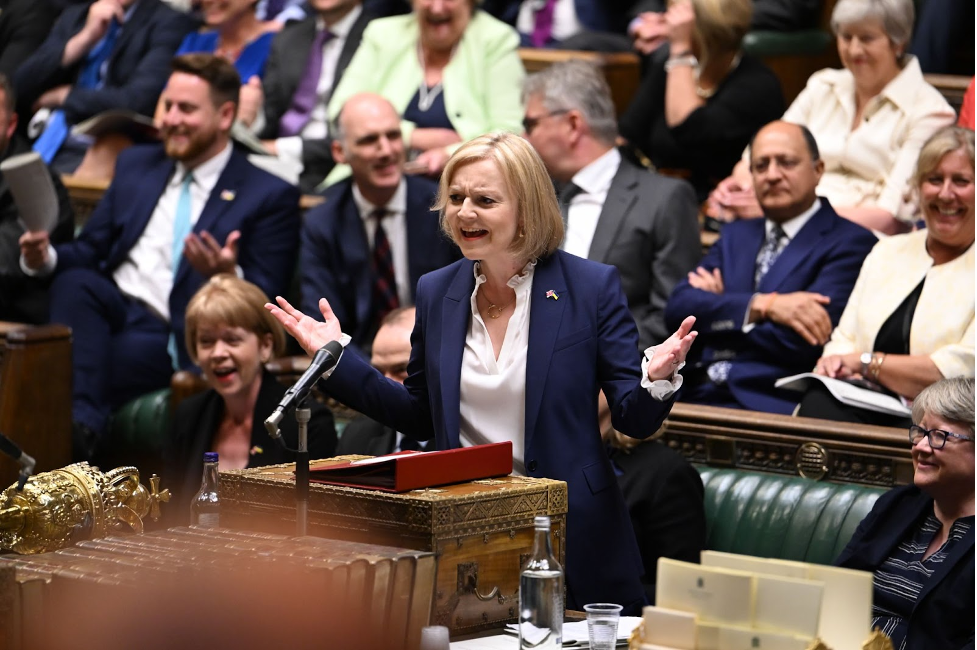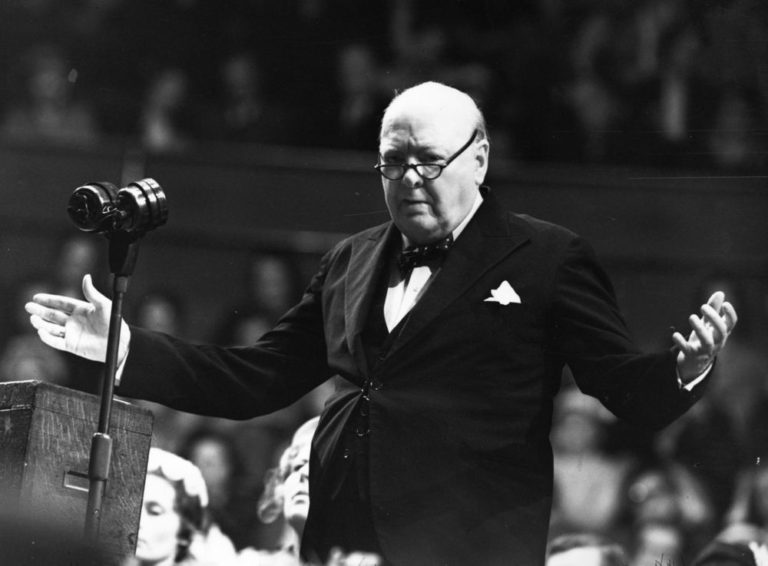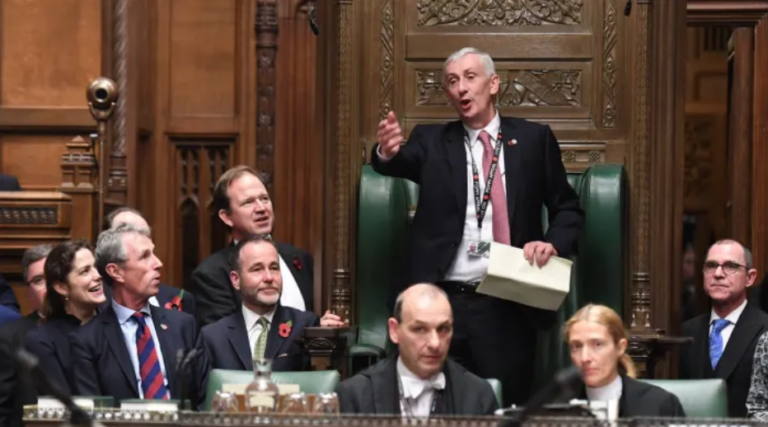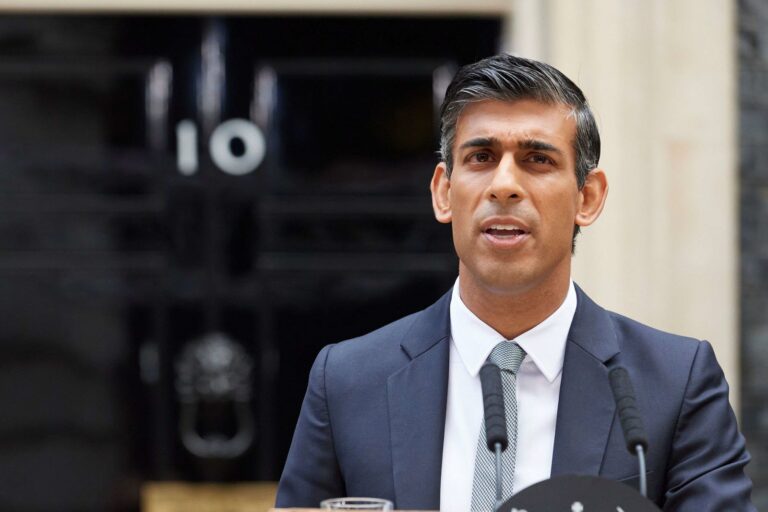
When Boris Johnson resigned as Prime Minister after a multitude of controversies, including a poor economic situation in the United Kingdom, the race to succeed him began within the Conservative Party. Amid the cost of living crisis that plagues the country, there were two visions of the future presented to members of the Conservative Party: Liz Truss, with her Reagan-and-Thatcher-esque economic plan of cutting taxes, and Rishi Sunak, who, as Chancellor of the Exchequer, had supervised a tax raise and was associated with Johnson’s various scandals. It was Liz Truss and her vision that won.
After dealing with the historic aftermath of the Queen’s death just two days after being appointed Prime Minister, Truss’s Chancellor, Kwasi Kwarteng, revealed the exact specifics of her economic plan with the “mini-budget.” The basic rate of income tax would be cut to 19%, the 45% tax rate on high earners would be abolished, and a planned increase in corporation tax would be canceled. Moreover, limits on bankers’ bonuses would be scrapped, the stamp duty would be cut, the rules around Universal Credit would be tightened and many more similar policies would be implemented within the mini-budget. Additionally, the mini-budget would go without a forecast from the independent Office for Budget Responsibility, and the £45 billion of tax cuts would go unfunded.
The policies, dubbed “Trussonomics,” are not unfamiliar. Tax cuts for the wealthy and deregulation of banking were simply the latest reincarnation of trickle-down economics – preached by Ronald Reagan and Margaret Thatcher in the 1980s. The basic theory is simple, especially when viewed as a phenomenon that came about in reaction to the demand-side, Keynesian theory of economics.
Keynesian theory, dominant for decades following the Great Depression, can be described very simply as a theory that advocates for the government to focus on demand-side solutions, such as incentivizing buyers to spend money, either through government-led fiscal stimulus or through lowering interest rates. On the other hand, “trickle-down economics,” a branch of a theory of economics that focuses on supply-side solutions – which the policies of Truss, Reagan and Thatcher fall under – calls for incentivizing large corporations and wealthy investors to produce more through lower tax rates, deregulation and lowering borrowing rates.
Put succinctly, the demand-side approach advocates focusing on everyday consumers, making it easier for them to spend, while the trickle-down approach advocates on making things easier for large corporations and the wealthy.
Trickle-down economics comes with many faults. An inherent aspect is that tax cuts are given to the wealthy and the top of society which only heightens economic inequality, as the rich get richer and no benefits are given to the poor. Furthermore, there is no guarantee that increasing the wealth of the wealthy actually increases investment or promotes greater growth – evidence shows that investment growth in trickle-down eras lags behind growth in demand-side eras and that similarly there is no increase in productivity. In essence, when you give the rich more money, the benefits that they receive do not “trickle down” to the middle and lower class. Instead, you’re left with more economic inequality and dangerously deregulated industries.
So, it is no surprise that Trussonomics failed in epic fashion. The pound sterling fell to its lowest value against the dollar, potentially increasing inflation and exacerbating the cost of living crisis. Interest rates on gilts (UK government bonds) and mortgages rose, threatening pension funds with a liquidity crisis. This forced pension funds to sell gilts at lower prices to remain solvent, only adding to the rise in interest rates. To avoid a continued fire sale of gilts, the Bank of England was forced to intervene and buy up bonds – solving the situation in the short term, but by no means in the long term.
In the end, the British economy only got worse and the markets were extremely chaotic. The Conservative Party paid for it in the polls, with their support dropping to 19% – 37 points behind their main competitor, the Labour Party. With a massive reversal in Truss’s economic policies, Truss herself resigning, and Rishi Sunak coming on as Prime Minister, the brief foray back into trickle-down economics seems to have come to an undignified end.
But the consequences of Truss’s policies are not over: with a new hole of £40 billion in the public finances, it is highly likely that austerity measures – public spending cuts, tax increases, and more – will be implemented. And yet again, it will be the British public, already strained by the existing cost-of-living crisis, that will have to pay for it.
In Britain at least, the trauma of Trussonomics will likely discourage any Prime Minister from attempting similar policies for the foreseeable future. But, that is not enough. This humiliating and open failure has to be the definitive end of trickle-down economics – not only in Britain but also in the United States and around the world.
Time and time again, trickle-down economics has been shown to be ineffective in its goals, while increasing inequality and forcing the middle and lower classes to pay for the follies of the rich. Cutting taxes for the rich and the deregulation of industry is not the solution. Yet, inevitably right-wing politicians, especially in the United States or the United Kingdom, come forward preaching the “successes” of Reagan or Thatcher and giving false promises of economic growth. Now, put plainly before us thanks to the failure of Trussonomics, the exact consequences of trickle-down economics are incredibly evident: economic crisis, and the common person having to pay the bill.
Therefore, if there is a silver lining in the economic havoc that the British people will now have to deal with, let it be that this is the final death knell of trickle-down economics. While this still won’t help the millions of British citizens who will have to struggle with higher mortgage rates and austerity, hopefully it will prevent the same fate from befalling future populations around the world.



